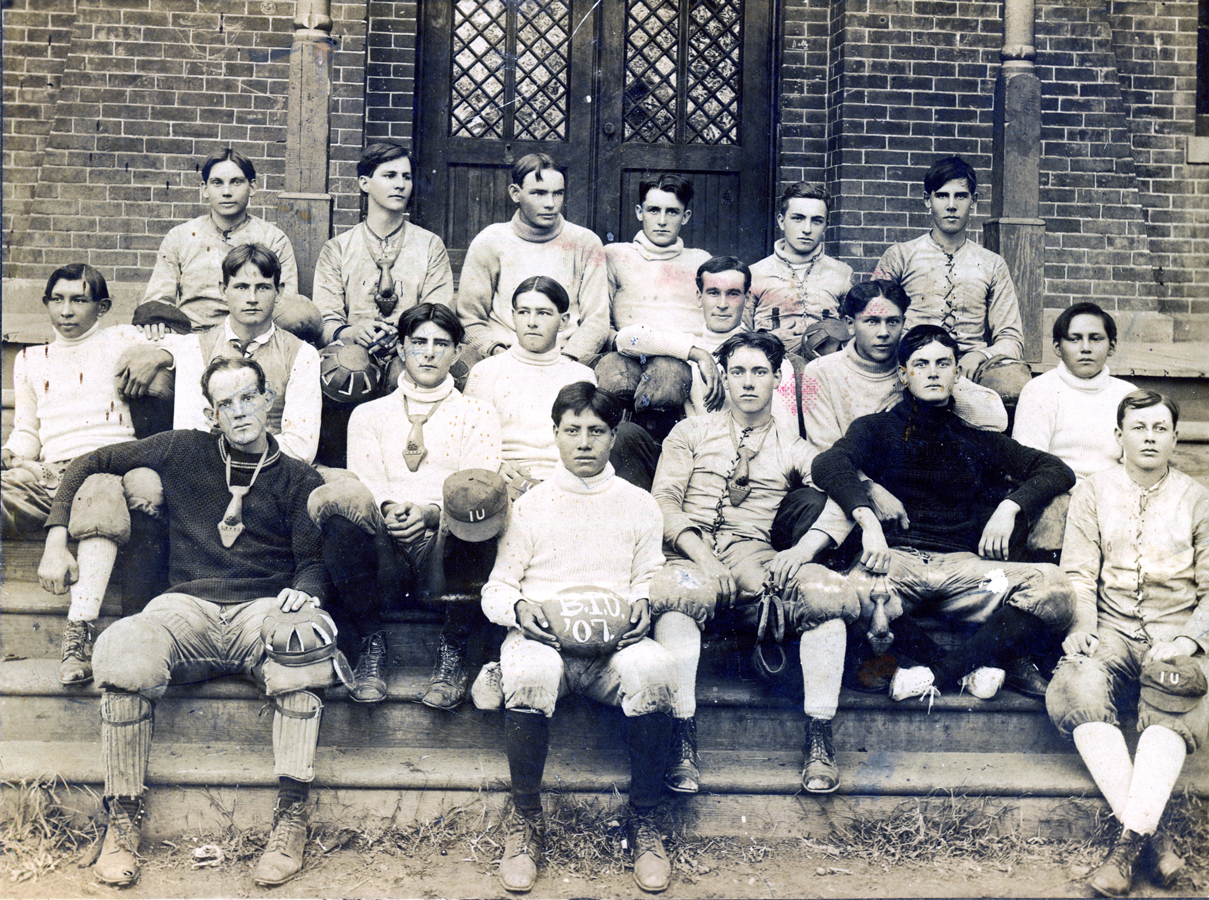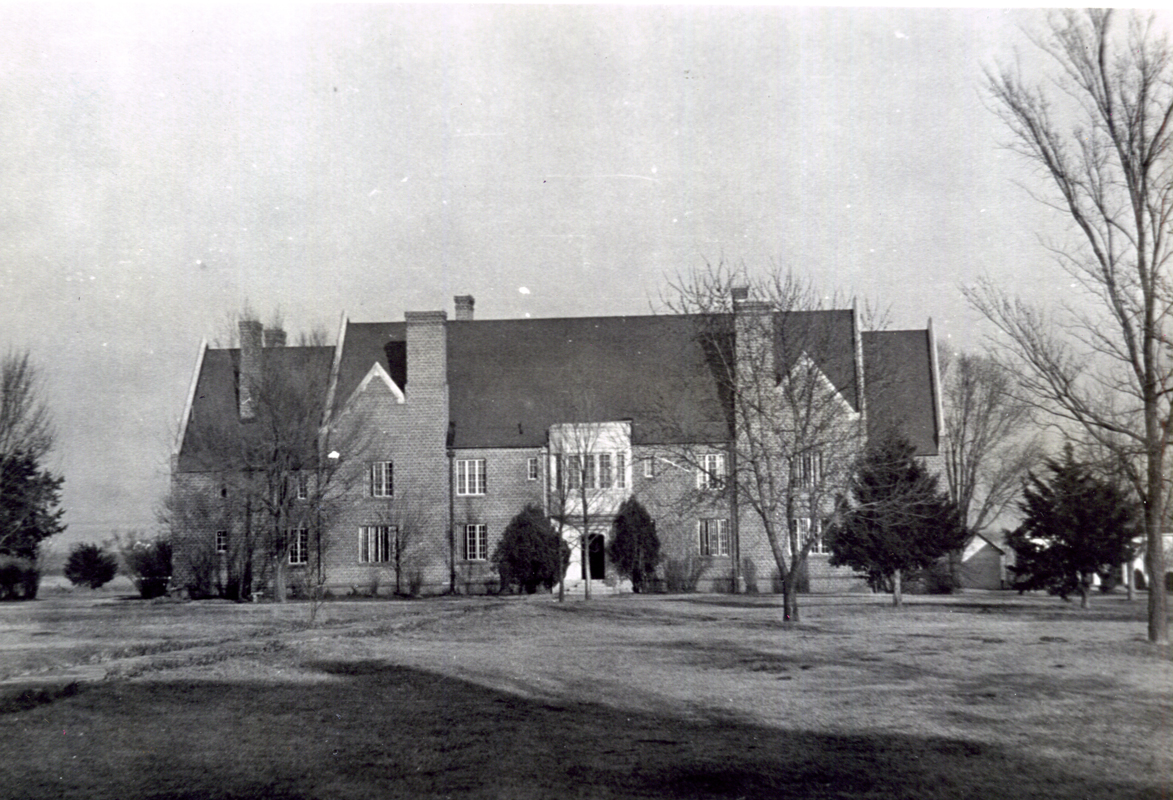BACONE COLLEGE.
Oklahoma's first college, Indian University (now Bacone College) began classes on February 9, 1880, with three students at "Jones Cottage," Tahlequah, Indian Territory. Chartered by the Muscogee-Creek Nation in 1881, the purpose of the school was to provide Christian education for American Indians. The actions of the board of trustees were subject to the approval of the executive board of the American Baptist Home Mission Society, which governed the school until the late 1950s. Between 1883 and 1907 forty-three graduates received either bachelor's or master's degrees. By 1893 there were 703 students in a system of one college and six preparatory schools in the Cherokee, Creek, Choctaw, Seminole, Wichita, and Kiowa nations. In 1910 the institution was renamed Bacone College in honor of Almon C. Bacone, founder and first president. The Indian University (of Tahlequah) building was listed in the National Register of Historic Places in 1976 (NR 76001557).
In 1885 Indian University moved to its present Muskogee campus, the land being donated by the Muscogee-Creek Nation. The institution's new home was Rockefeller Hall, named in honor of John D. Rockefeller, who donated ten thousand dollars. In addition to Almon C. Bacone, other prominent men in the school's early history included Rev. Daniel Rogers, a missionary to the Cherokee and the initial contact with the American Baptist Home Mission Society, and Southern Baptist missionary Joseph Samuel Murrow, who worked with Bacone and Rogers to create the facility. In 1938 Rockefeller Hall, known as "Old Rock," was dismantled. Much of the material from Rockefeller Hall was used to build Memorial Chapel on the same site. So, like the phoenix, Old Rock was resurrected as Memorial Chapel.
In order to attract students, B. D. Weeks, president from 1918 to 1941, advertised Bacone as the only college exclusively for American Indians. He recruited Indian faculty and staff and supported their suggestions of creating classes in Indian culture. As a result, a style of "traditional" Indian painting developed and became recognized by art historians as "the Bacone School." Roger Getz, president from 1957 to 1966, led the college as it phased out its high school, became self-governing under an Oklahoma charter, earned accreditation from the North Central Association of Colleges and Secondary Schools, and created the first associate-degree registered nurse program in Oklahoma. During Dennis Tanner's presidency (1991–99) the North Central Association granted tentative approval to begin three baccalaureate programs. At the turn of the twenty-first century the four-year liberal arts college had an enrollment of 841 and granted the first baccalaureate degrees since 1907.
Learn More
"Bacone College," Manuscript Collection, Research Division, Oklahoma Historical Society, Oklahoma City.
Coeryne Bode, "The Origin and Development of Bacone College" (M.A. thesis, University of Tulsa, 1957).
William A. Carleton, Not Yours But You (Berkeley, Calif.: William A. Carleton, 1954).
John Williams and Howard L. Meredith, Bacone Indian University: A History (Oklahoma City: Oklahoma Heritage Association, 1980).
Maurice C. Wright, Blood, Sweat, Prayers, Tears: A History of Bacone College (Muskogee, Okla.: Maurice C. Wright, 1967).
Related Resources
Citation
The following (as per The Chicago Manual of Style, 17th edition) is the preferred citation for articles:
John L. Williams, “Bacone College,” The Encyclopedia of Oklahoma History and Culture, https://www.okhistory.org/publications/enc/entry?entry=BA004.
Published January 15, 2010
© Oklahoma Historical Society



